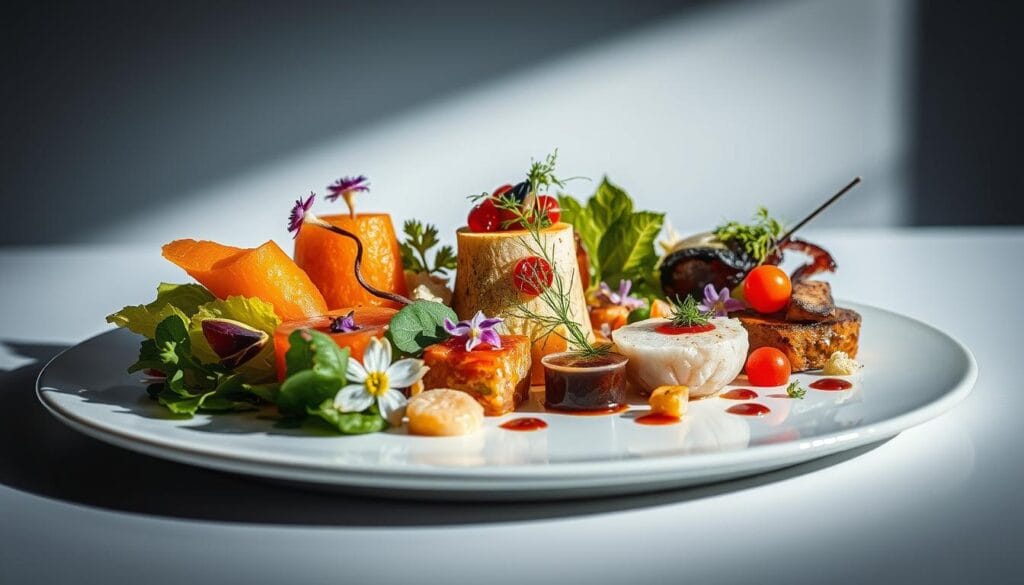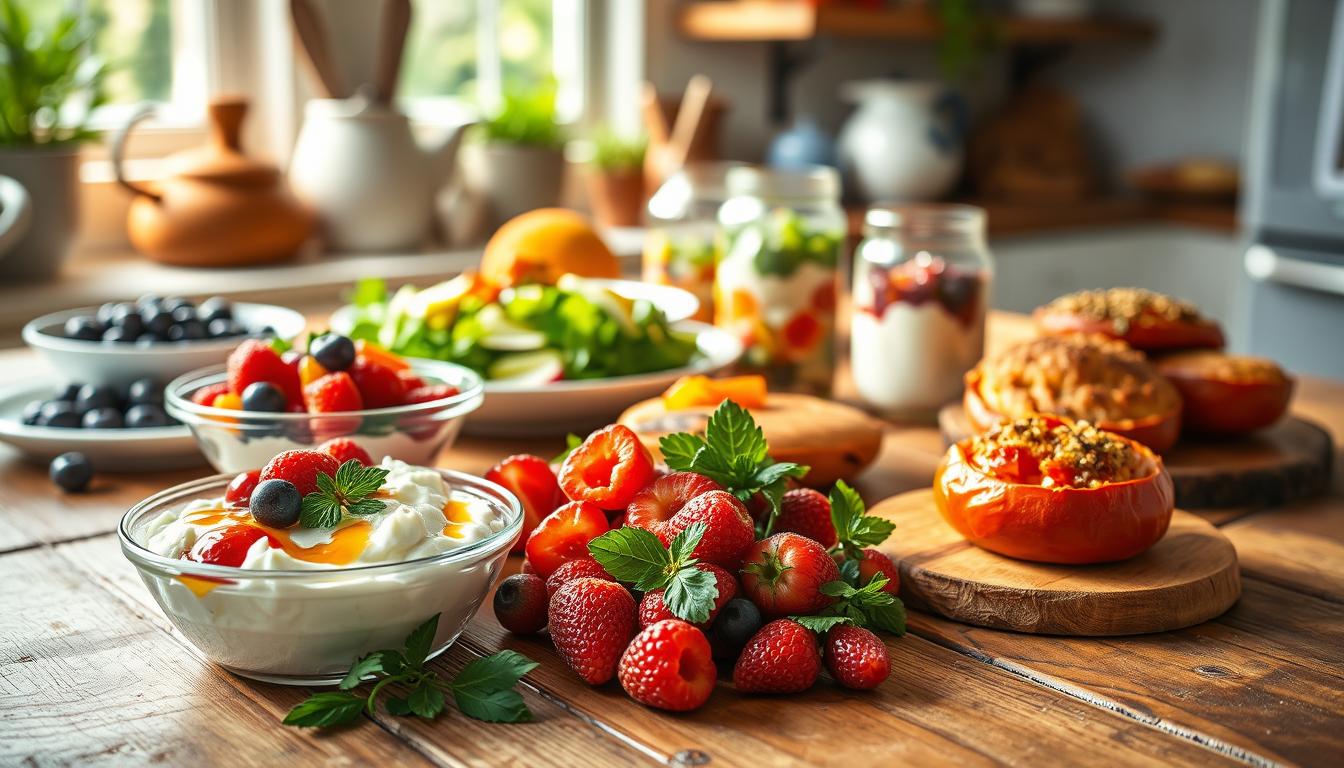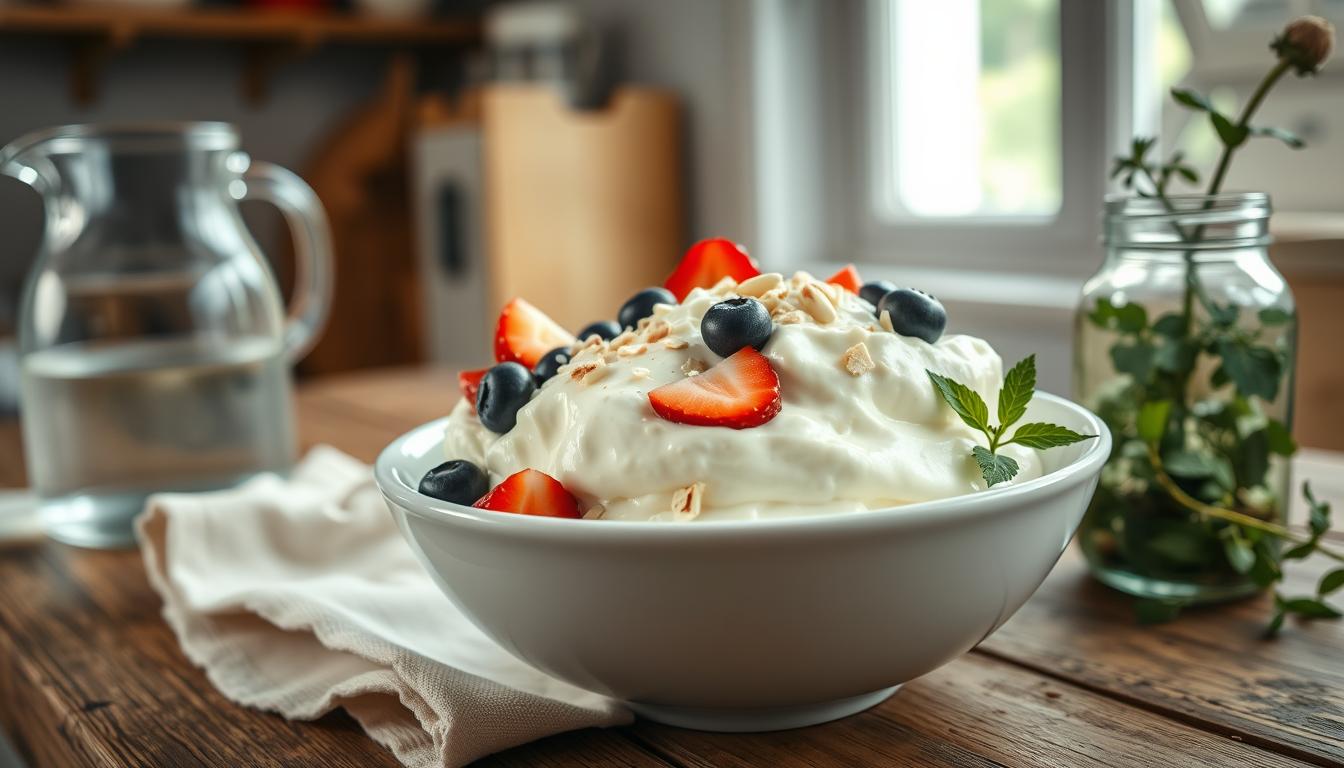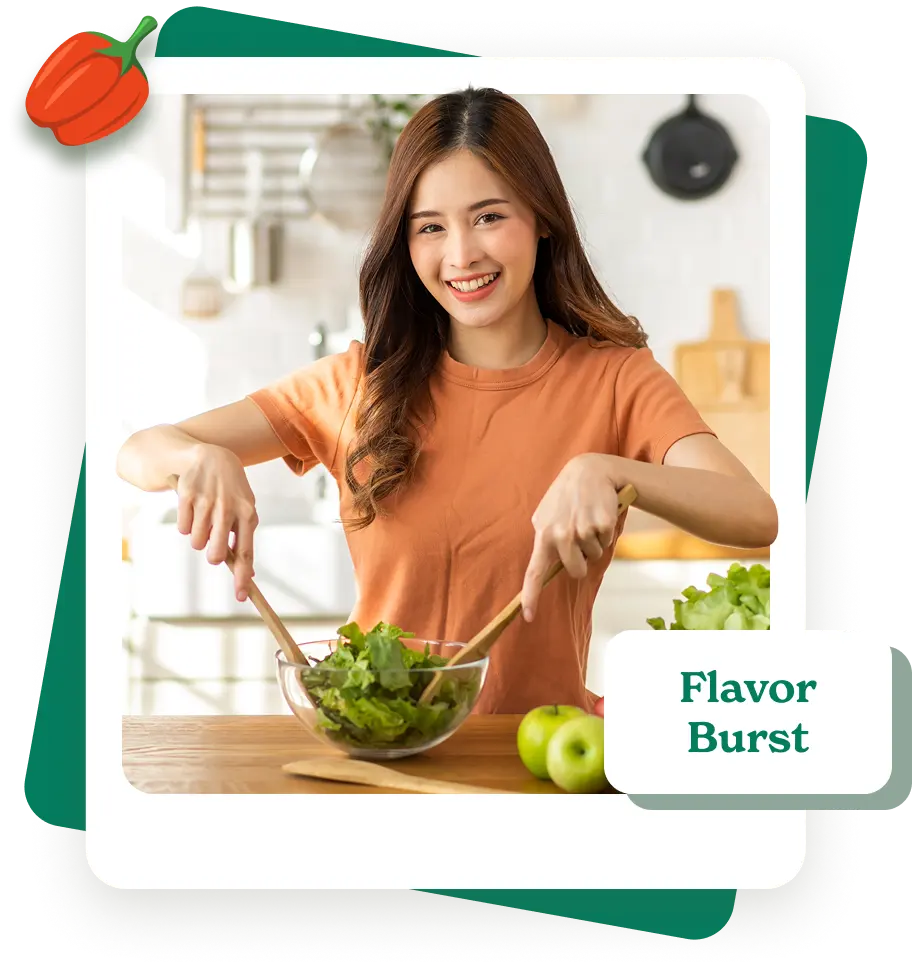In the world of cooking, amazing food decoration turns simple meals into unforgettable experiences. It’s not just about arranging food; it’s about making visual wonders that excite and delight.
Studies show that a beautifully presented dish can make food taste up to 18% better. Your guests will be amazed not just by the taste, but also by the beauty of each dish. Today, people eat with their eyes first, making food styling a key skill for both home cooks and chefs.
Food has become a way to tell stories visually. People love to share beautiful meals on social media. This turns every dish into a chance for restaurants and home entertainers to get noticed.
Table of Contents
Understanding the Art of Food Presentation
Food presentation turns a simple meal into a special experience. Studies show that beautiful dishes make food more enjoyable. Oxford University’s Charles Spence found that well-presented food tastes better.

Creating stunning dishes is more than just plating food. It’s an art that uses all senses and connects with diners emotionally.
The Psychology of Visual Appeal
How food looks greatly affects our dining experience. Chefs know that eating is a journey for all senses. Here are some interesting facts:
- 67% of people see food presentation as key to a good meal
- Customers are willing to pay up to 30% more for dishes that look great
- 50% of diners might share beautiful dishes on social media
Basic Principles of Food Styling
To master food presentation, learn key principles. Here are some important techniques:
- Start with white plates as a clean background
- Add height and layers
- Play with color contrasts
- Use placement to create depth
Impact on Dining Experience
Good presentation can make a simple dish unforgettable. By focusing on aesthetics, you create a connection that makes food taste better and more enjoyable.
Great food is art that speaks to all senses – not just taste, but sight, smell, and anticipation.
| Presentation Technique | Impact on Dining |
|---|---|
| Color Variation | Increases perceived dish value by 20% |
| Layering and Height | Boosts repeat order likelihood by 25% |
| Strategic Plating | Enhances customer retention by 15% |
Remember, every plate tells a story – make yours unforgettable!
Creating Height and Dimension on the Plate

Transforming your dishes into stunning works of art is more than just arranging food. It’s about adding height and dimension that grabs the diner’s eye. This makes your food visually appealing and memorable.
Professional chefs see plating as an art form. They layer ingredients in a way that turns simple meals into extraordinary experiences. By adding vertical elements, dishes become more sophisticated and intentional.
- Stack ingredients to create architectural interest
- Use varying heights to guide the diner’s eye
- Implement strategic garnishing techniques
Here are some key ways to add height to your dishes:
- Leaning Ingredients: Angle asparagus spears or crisp vegetables for drama
- Stacked Components: Layer proteins, vegetables, and sauces with precision
- Elevated Garnishes: Use microgreens or herb sprigs for vertical dimension
| Technique | Visual Impact | Difficulty Level |
|---|---|---|
| Vertical Stacking | High | Intermediate |
| Angled Placement | Medium | Beginner |
| Layered Components | Dramatic | Advanced |
Remember, balance is key. Height adds interest, but your dish should still look natural and appealing. Try different techniques to find your unique style that shows creativity and skill.
Mastering Color Combinations and Contrasts
Color is key to making food look amazing. Knowing about color theory can turn a simple dish into a feast for the eyes. With so many colors to choose from, chefs and home cooks can create stunning dishes.
The color wheel is your guide to making dishes pop. Chefs use color strategies to make their food stand out:
- Complementary colors (opposite on the wheel) create maximum visual contrast
- Analogous colors provide a harmonious, calming aesthetic
- Triadic color schemes offer balanced, dynamic presentations
Working with Complementary Colors
Complementary colors are opposite each other on the color wheel. Pairing blue and orange or red and green makes dishes pop. These colors naturally grab your attention and add excitement to food.
Seasonal Color Palettes
Each season brings its own color palette for cooking:
| Season | Color Palette | Mood |
|---|---|---|
| Spring | Pastel green, soft pink, light yellow | Fresh, renewal |
| Summer | Bright orange, vibrant red, sunny yellow | Energetic, dynamic |
| Autumn | Deep burgundy, burnt orange, rich brown | Warm, comforting |
| Winter | Cool blue, silver, white | Crisp, elegant |
Using Natural Food Colors
Natural ingredients offer a wide range of colors for your dishes. Beets create vibrant reds, turmeric offers golden yellows, and blue spirulina generates stunning azure tones. These ingredients add color and nutrition to your food.
By learning about color theory and trying different colors, you can make your food look amazing.
Amazing Food Decoration Through Texture Play
Texture makes simple dishes into unforgettable meals. To decorate food amazingly, you must know how textures can make a difference. Research shows that texture plays a big role in how we enjoy our food, affecting 70% of the experience.
Professional chefs know that mixing textures adds excitement to both looks and taste. Think of a dish with:
- Crispy potato chips
- Smooth cream sauce
- Tender protein
- Crunchy vegetable garnish
Studies say dishes with many textures seem more gourmet, 60% more likely. By layering different textures, you can make your dish look and feel better.
Here are some ways to play with textures for amazing food decoration:
- Crisp elements: Add delicate tuiles or crisp vegetable chips
- Creamy components: Incorporate silky purees or mousses
- Crunchy garnishes: Sprinkle toasted nuts or seeds
The aim of creative food presentation is to engage all senses. By carefully mixing textures, you’ll make meals that are not just good to look at but also unforgettable.
Incorporating Modern Plating Techniques
Modern culinary art turns food into a stunning visual treat. Professional chefs are changing the game with new plating methods. These methods make food not just tasty but also a feast for the eyes.
The art of plating has evolved. Today, diners crave more than just good food. They want a meal that looks as amazing as it tastes, engaging their senses and eyes.
Negative Space Utilization
Negative space is key in modern plating. Empty areas on the plate do more than just look good. They:
- Highlight the main ingredients
- Give the dish room to breathe
- Improve the overall look of the plate
- Focus attention on the best parts
Contemporary Garnishing Methods
New garnishing techniques turn simple dishes into works of art. Chefs use special tools to craft detailed designs. This boosts the dish’s presentation.
| Garnishing Tool | Precision Improvement |
|---|---|
| Culinary Tweezers | 50% increased placement accuracy |
| Decorating Brushes | 45% enhanced sauce application |
| Plating Wedges | 40% improved ingredient positioning |
Sauce Application Techniques
Sauce application has become an art form. Chefs now use smears, dots, and swooshes to make plates pop. This creates a story on the plate.
Statistics show the power of presentation: 90% of people think it’s key, and 67% are more likely to post it online. By learning these techniques, you can make your dishes into stunning creations.
Selecting the Perfect Serving Vessels
Choosing the right serving vessel makes your food styling stand out. Your plate is more than a surface; it’s where you show off your culinary art. Professional chefs know that the right plate makes all the difference.
- Size and proportion of your dish
- Color contrast with your food
- Material and texture
- Functionality for specific cuisines
Professional tip: The right platter can dramatically elevate your food presentation. For example, the Williams Sonoma platter set comes in three sizes. You get small (12.25 inches), medium (16 inches), and large (18.5 inches) platters. This gives you options for various dishes.
“A beautifully chosen serving vessel is like a frame for a masterpiece painting.” – Culinary Design Expert
Different occasions need different serving styles. Big platters like the Nashi Home Tortoise Shell Resin Organic Platter (18 x 18 inches) are great for big meals. Smaller platters are better for appetizers and small gatherings.
Think about practical things too. Platters with flared edges stop spills, and those with handles are easier to carry. When making visually appealing plates, remember depth is key. A minimum of 1.5 inches is good for messy dishes.
- Explore unconventional materials like slate, wood, and glass
- Match vessel color to your dish’s palette
- Experiment with different shapes and sizes
Your serving vessel is the base of stunning food styling. Choose well to make every meal unforgettable.
Creative Garnishing with Edible Elements
To make your food arrangements stand out, learn the art of edible garnishing. Fresh herbs are key, used by 90% of chefs. They turn your dishes into stunning works of art that please both taste and sight.
Garnishing is more than looks. It’s known to boost a dish’s flavor by 50%. Your goal is to make your food look amazing and taste even better.
Herb and Microgreen Applications
Fresh herbs and microgreens are great for decorating food. Here are some tips:
- Use delicate microgreens to add height and texture
- Incorporate herb sprigs for unexpected color bursts
- Layer different green elements for depth
Working with Edible Flowers
Edible flowers can make your dish 50% more appealing. Try using vibrant, delicate blossoms that match your dish’s colors and flavors. Some favorites include:
- Nasturtiums (peppery flavor)
- Lavender (subtle, aromatic)
- Pansies (mild, slightly sweet)
Creating Garnish Combinations
Combining garnishes is an art. With 75% of people seeing presentation as key, your mix should be thoughtful and balanced.
“A well-garnished dish tells a story before the first bite is taken.” – Culinary Professional
Balance colors, textures, and flavors. A mix of microgreens, an edible flower, and herbs can turn a simple dish into a memorable feast.
Temperature and Timing Considerations
Creating amazing food decoration is more than just being artistic. Temperature is key to keeping your dishes safe and looking great. Knowing how heat and timing affect food can make your presentation stand out.
For hot dishes, temperature is very important. Chefs need to keep food at the right temperature while making it look good. The best serving temperature for hot foods is between 63°C and 68°C. This ensures food is safe and tastes great.
- Hot foods should reach a minimum internal temperature of 70°C for at least 2 minutes
- Avoid the danger zone temperature range of 4°C to 60°C
- Use food thermometers to verify internal temperatures accurately
- Prevent bacterial growth by serving food within 2 hours of preparation
Timing is crucial for creative food presentation. Your plating plan must consider how fast different parts can change temperature or lose their look. Delicate garnishes, for example, can wilt or change color if not handled carefully.
Experts say to prepare parts just before serving to keep them at their best. Using small portions can make dishes look more refined and carefully made.
Temperature control is not just about safety—it’s an art form that transforms ordinary meals into extraordinary culinary experiences.
By focusing on temperature and timing, you can make sure your dishes are safe, delicious, and look amazing.
Conclusion
Food presentation is more than just putting ingredients on a plate. It’s a mix of art and skill. You learn how colors, textures, and sizes make meals special.
Professional chefs know that great food looks and feels good. Colors can make you hungry and taste better by up to 30%. Learning about presentation, like the rule of thirds, makes your food a work of art.
Exploring food decoration lets you be creative. You can go for simple or bold looks. Every dish tells a story, making meals memorable and fun for your guests.
As food trends change, keep learning new ways to present food. See food presentation as a journey of skill, creativity, and self-expression.


